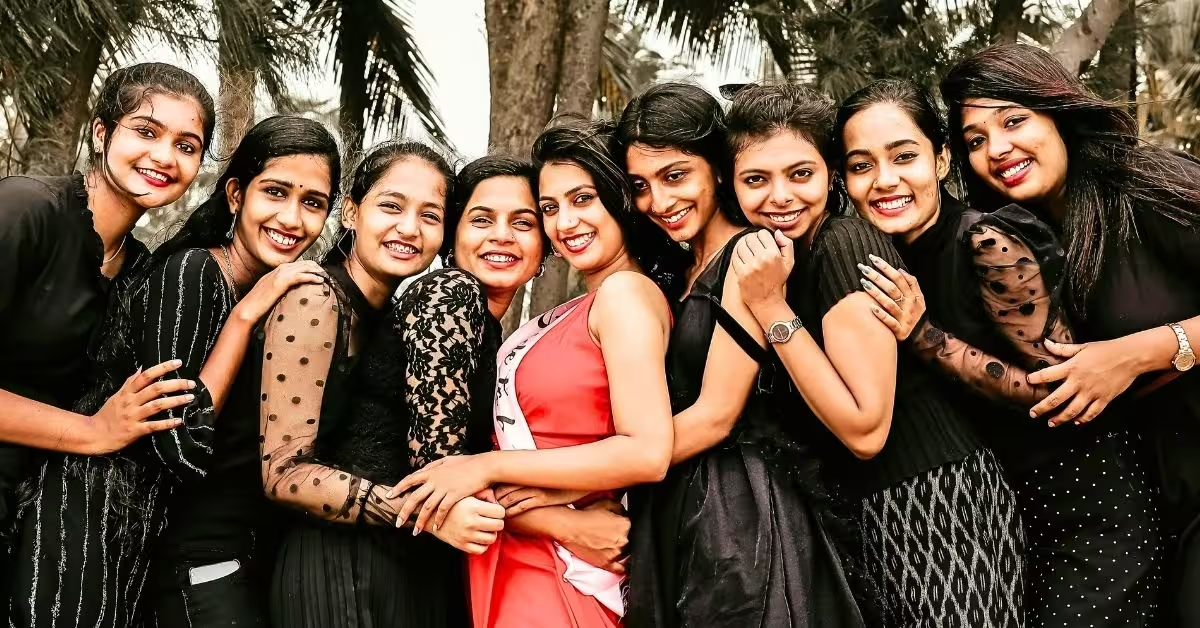In a groundbreaking 2025 meta-analysis involving over 12,000 participants from more than 50 countries, researchers have confirmed a striking and consistent trend: female faces are rated as more attractive than male faces, regardless of who’s doing the judging. This discovery of a gender attractiveness gap challenges conventional wisdom and highlights deep-rooted psychological and biological dynamics at play when we evaluate facial attractiveness.
But what’s even more surprising? Women are even more likely than men to rate other women’s faces as attractive.
This blog dives deep into the findings from the Max Planck Institute for Empirical Aesthetics and what they mean for our understanding of beauty, psychology, and gender norms in 2025.
Table of Contents
What Is the Gender Attractiveness Gap?
The Gender Attractiveness Gap (GAP) refers to a consistent pattern found across cultures: women’s faces are perceived as more attractive than men’s. This isn’t just a cultural myth—it’s now backed by data from 28 independent studies, analyzed and harmonized into a global dataset including over 11,000 facial images and 12,500 raters.
Key finding:
“Female faces received significantly higher attractiveness ratings than male faces—across all rater genders, ethnicities, and cultures.”
A Cross-Cultural Phenomenon
This preference for female attractiveness is not limited to Western beauty standards. The effect held true in Latin America, Europe, Asia, and North America. The only outliers were Sub-Saharan Africa and parts of Southern Asia, where the gap either disappeared or reversed slightly—possibly due to different local standards of beauty and limited dataset representation.
New Scientist reported:
“The preference for female faces seems to cross national and cultural boundaries, with a moderate to large effect in all regions of the world except Sub-Saharan Africa.”
Why Do Women Rate Women as More Attractive?
One of the most fascinating findings was that women rate other women’s faces as more attractive than men do.
This could reflect:
- Solidarity or admiration for other women
- Aesthetic appreciation without romantic implication
- Greater attunement to beauty due to socialization or evolutionary factors
As lead researcher Eugen Wassiliwizky suggested:
“Women might show solidarity to each other, or appreciate each other’s beauty more.”
This phenomenon was statistically significant and consistent across data:
- Women gave higher average scores to female faces than men gave to male faces.
- Female raters showed a more pronounced gap between male and female face ratings.
What Makes a Face Attractive?
The study also analyzed facial features to find out what drives attractiveness perceptions. Three key structural factors were evaluated:
- Sexual Shape Dimorphism (femininity or masculinity of facial structure)
- Facial Averageness (how closely features match the population average)
- Facial Maturity (estimated from age)
Result:
- 66.2% of the gender attractiveness gap was explained by facial structure, particularly structural femininity.
- Female faces tend to exhibit more of these structurally “beautiful” features.
- Interestingly, masculine features were often rated lower, even by women judging male faces.
Are Men Just Rated Lower?
Yes—but with nuance. The study revealed that male faces consistently received lower attractiveness scores from both male and female raters.
But there’s more:
- Male raters were generally more stringent than females across the board.
- This bias has been described as the Gender Rating Gap (GRG), showing that men are generally harsher when judging attractiveness, whether it’s their own sex or the opposite.
Evolutionary Psychology’s Take
Darwin and later theorists have long grappled with the unusual human reversal of sexual selection norms. In most species, males are the colorful, showy sex, while females are the selectors.
But in humans, it seems reversed:
- Women are labeled the “fair sex”
- Men tend to be the evaluators
Why? One theory suggests that female physical traits have evolved to maximize mate appeal, driven by complex social and cultural feedback loops, unlike the display-based mating of other species.
Biological and Cultural Interplay
While structural features explain much of the preference, social perception also plays a role. Knowing that a face is “female” influences judgments independently of structure. About one-third of the gender attractiveness gap was explained simply by knowledge of the face’s gender—suggesting a psychological overlay to raw visual processing.
How Local Standards Shift the Global Norm
The study acknowledged that local beauty standards still influence ratings. For example:
- In Africa, preferences for facial features differ significantly from Western or Asian standards.
- Some African populations prefer lower sexual dimorphism, contributing to the weaker or reversed gender attractiveness gap in those regions.
Limitations and Future Research
While the study was robust, it had some limitations:
- Most data involved heterosexual raters, limiting understanding of how LGBTQ+ individuals evaluate faces.
- It focused solely on facial attractiveness, not full-body attractiveness or other social traits.
Future research may explore:
- How non-binary or transgender individuals perceive attractiveness
- Whether body language or expression shifts ratings
- How social media filters and facial editing affect real-world standards
Final Takeaways
- The gender attractiveness gap is real and measurable: female faces are seen as more attractive than male faces across nearly all cultures.
- Women are the strongest admirers of other women’s beauty, showing a deeper aesthetic appreciation.
- While structural facial features (like femininity and averageness) account for much of this, cultural and psychological influences amplify the effect.
- These findings challenge evolutionary assumptions and open the door to more inclusive, diverse research in human social perception and beauty norms.
